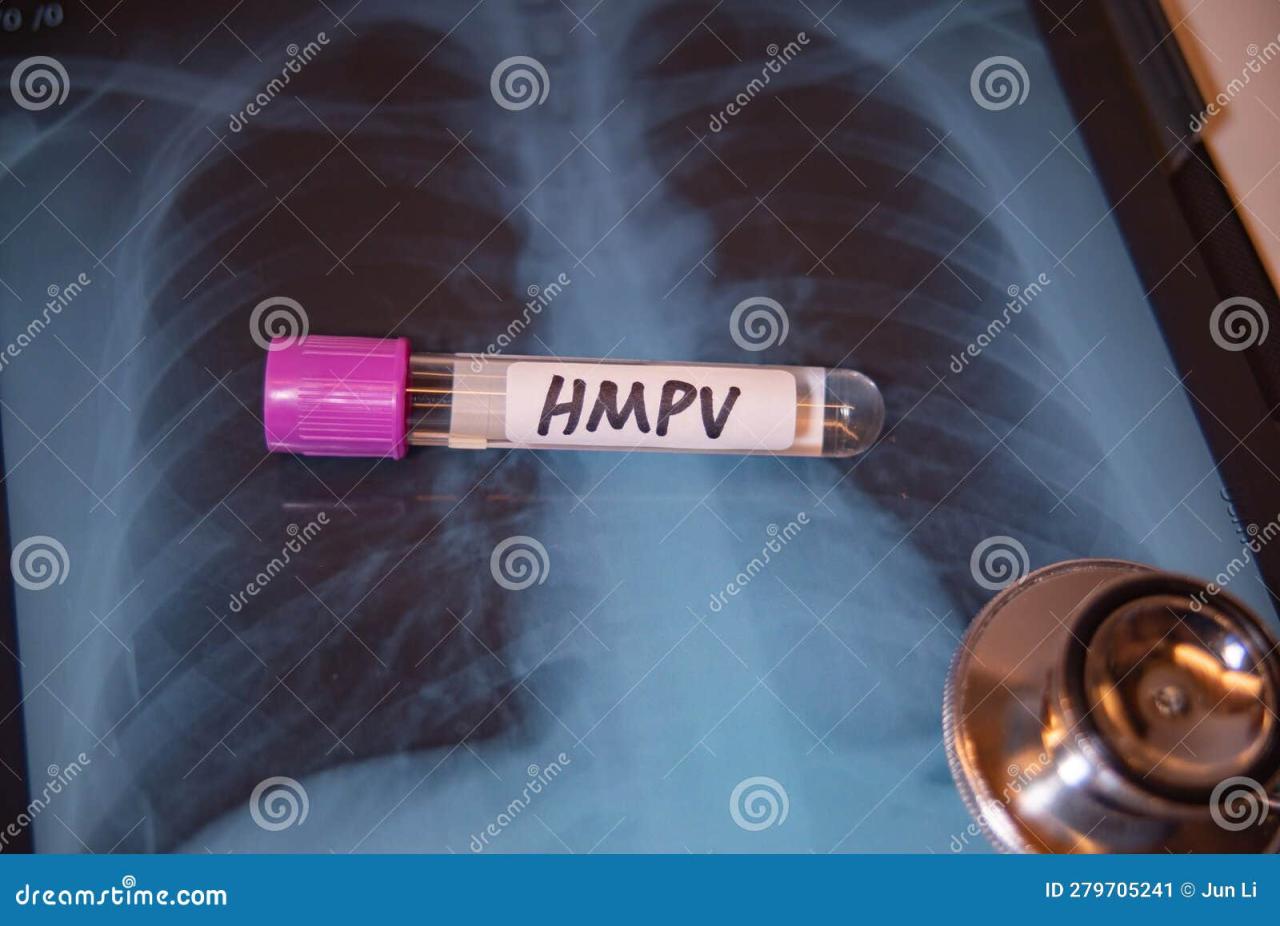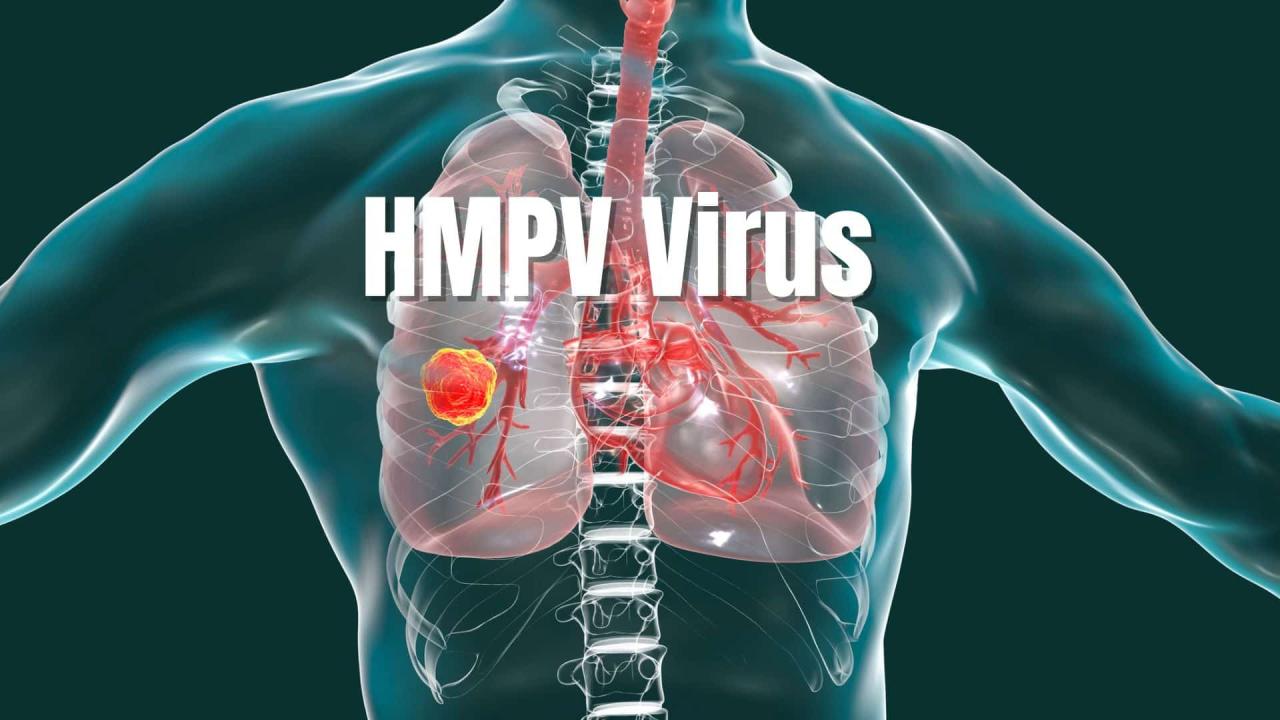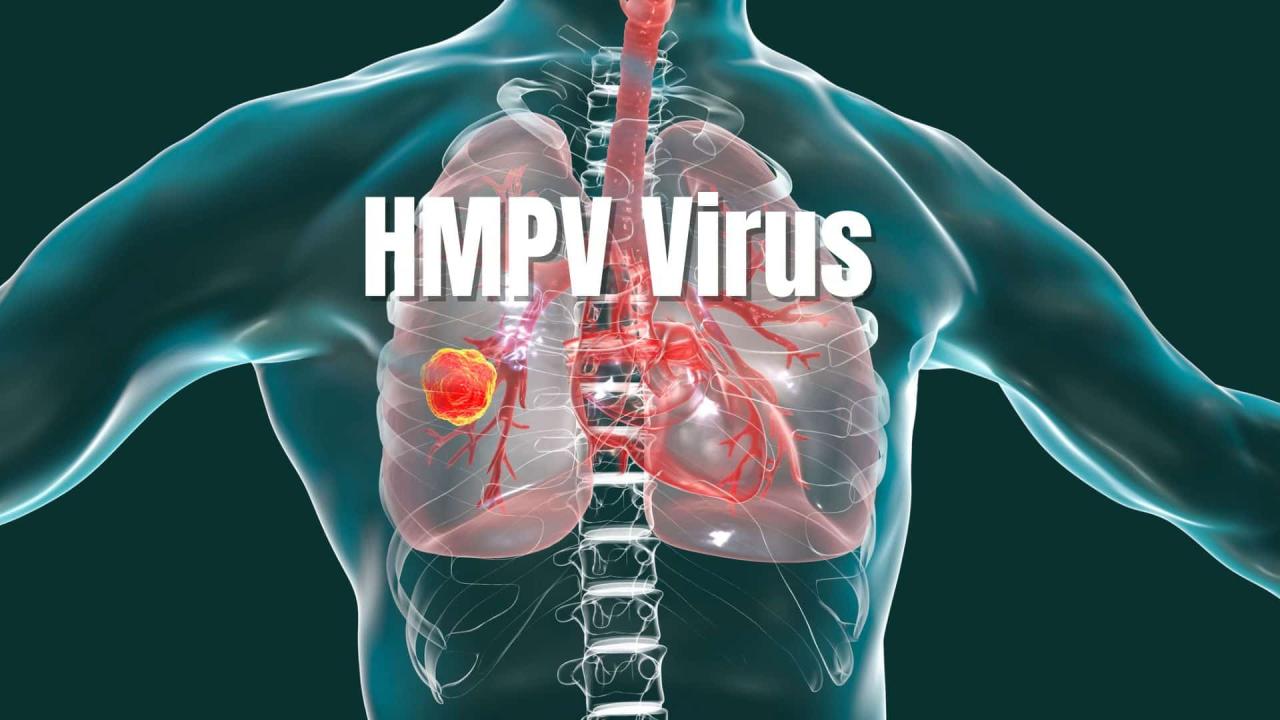Viral disease HMPV is on the rise among kids in China — what is it? This respiratory virus, related to RSV and influenza, is causing concern among health officials. Understanding its transmission, symptoms, and treatment is crucial for protecting children. This guide will explore HMPV’s characteristics, spread, diagnosis, and the steps you can take to safeguard your family.
We’ll delve into the specifics of HMPV, including its genetic variations and how it spreads. We’ll also cover diagnosis, treatment options, and preventative measures. Understanding the severity of HMPV and its potential complications is vital, especially for high-risk children. Finally, we’ll compare HMPV to other common respiratory viruses to better understand its unique characteristics and the challenges it presents.
Human Metapneumovirus (HMPV) in Children
The recent surge in Human Metapneumovirus (HMPV) cases among children in China highlights the importance of understanding this respiratory virus. This article provides a comprehensive overview of HMPV, covering its characteristics, transmission, diagnosis, treatment, and public health implications.
Human Metapneumovirus (HMPV): Structure, Lifecycle, and Genetic Variations
HMPV is a negative-sense, single-stranded RNA virus belonging to the Paramyxoviridae family. Its structure consists of a helical nucleocapsid enclosed by a lipid envelope studded with glycoproteins, including the fusion (F) and attachment (G) proteins crucial for viral entry into host cells. The viral lifecycle begins with attachment to host cells via the G protein, followed by fusion mediated by the F protein.
Once inside, the virus replicates its RNA genome, assembles new virions, and buds from the cell membrane to infect other cells. Genetic variations lead to two major lineages, A and B, each with further subtypes, contributing to the virus’s ability to evade immune responses and cause recurrent infections.
Compared to RSV and influenza, HMPV shares similar clinical manifestations, primarily affecting the lower respiratory tract. However, HMPV’s genetic diversity and distinct surface proteins contribute to differences in pathogenicity and immune responses. Unlike influenza, which has segmented RNA and undergoes frequent antigenic shifts, HMPV exhibits more gradual genetic drift.
Typical Symptoms of HMPV Infection in Children

HMPV infection in children commonly presents with symptoms similar to other respiratory viruses, including fever, cough, runny nose, and difficulty breathing. Infants and young children are particularly vulnerable to severe disease, often experiencing bronchiolitis and pneumonia. The severity of symptoms can vary greatly depending on the child’s age, underlying health conditions, and the specific HMPV strain.
Worried about the HMPV virus surge impacting kids in China? It’s a serious respiratory illness, and understanding its spread is crucial. If you’re a skilled full-stack developer needing flexibility, check out these full stack developer freelance opportunities and rates – maybe you can use your skills to contribute to health data analysis or app development related to such outbreaks.
Meanwhile, stay informed about HMPV prevention measures to protect yourself and your loved ones.
Transmission and Spread of HMPV

HMPV spreads primarily through respiratory droplets produced during coughing or sneezing. Close contact with infected individuals is a major risk factor. The recent increase in HMPV cases in China may be attributed to several factors, including increased population density, changes in climate patterns affecting viral transmission, and reduced immunity following the COVID-19 pandemic. Environmental factors, such as poor ventilation in crowded indoor spaces, contribute to the spread of HMPV.
| Risk Factor | Description |
|---|---|
| Age | Infants and young children (<2 years) are at highest risk of severe infection. |
| Prematurity | Premature infants have underdeveloped immune systems, increasing susceptibility. |
| Underlying health conditions | Conditions like chronic lung disease or congenital heart defects increase severity risk. |
| Immunocompromised status | Weakened immune systems due to illness or medication increase vulnerability. |
Diagnosis and Treatment of HMPV

HMPV is typically diagnosed through laboratory testing, such as PCR (polymerase chain reaction) or rapid antigen detection tests, on respiratory samples. Treatment primarily focuses on supportive care, including hydration, oxygen therapy if needed, and management of symptoms. There is currently no specific antiviral treatment for HMPV. Vaccination against HMPV is not yet widely available.
Severity and Complications of HMPV Infection, Viral disease HMPV is on the rise among kids in China — what is it?
In severe cases, HMPV infection can lead to bronchiolitis, pneumonia, and respiratory failure, especially in young children and those with underlying health conditions. Early recognition of severe symptoms, such as difficulty breathing, cyanosis (bluish discoloration of the skin), and altered mental status, is crucial for prompt medical intervention.
So, HMPV is hitting Chinese kids hard right now – it’s a nasty viral infection causing respiratory problems. Completely unrelated, but while we’re on the subject of things trending, check out this crazy rumour mill: Molly-Mae and Tommy Fury spark reunion rumours as they are. Anyway, back to HMPV – it’s definitely something parents there need to be aware of.
Symptoms requiring immediate medical attention include: severe difficulty breathing, persistent high fever, lethargy, refusal to feed, and dehydration.
A flowchart illustrating the progression of HMPV infection and potential complications would show a branching path, starting with initial infection (mild cold-like symptoms), potentially progressing to bronchiolitis or pneumonia, and ultimately leading to hospitalization or respiratory failure in severe cases.
Public Health Response and Prevention
Effective public health strategies for managing HMPV outbreaks include early detection, surveillance, and prompt medical care. Preventative measures focus on reducing transmission through good hygiene practices, such as frequent handwashing, covering coughs and sneezes, and avoiding close contact with sick individuals. A public health communication campaign should emphasize these preventative measures and the importance of seeking medical attention for severe symptoms.
HMPV in the Context of Other Respiratory Viruses
HMPV shares clinical similarities with RSV and influenza, making differential diagnosis challenging. However, HMPV tends to cause more lower respiratory tract involvement than rhinovirus, which primarily affects the upper respiratory tract. Co-infections with other respiratory viruses can exacerbate the severity of HMPV infection, leading to more severe outcomes.
- Similarities between HMPV and RSV: Both viruses are common causes of bronchiolitis and pneumonia in young children, and both spread through respiratory droplets.
- Differences between HMPV and RSV: HMPV may cause more severe lower respiratory tract illness than RSV in some cases, and the peak incidence of HMPV infection may differ slightly from RSV.
Conclusive Thoughts: Viral Disease HMPV Is On The Rise Among Kids In China — What Is It?
HMPV poses a significant threat to children in China, but awareness and preventative measures can significantly reduce its impact. Understanding the virus, its transmission, and recognizing symptoms are key to effective management. By implementing good hygiene practices and seeking timely medical attention when necessary, we can collectively work to protect our children from this rising respiratory threat. Remember, staying informed is the first step towards safeguarding your family’s health.
Commonly Asked Questions
Is HMPV contagious?
Yes, HMPV is highly contagious and spreads through respiratory droplets.
How long does HMPV last?
Worried about the HMPV surge in China affecting kids? It’s a serious respiratory virus, highlighting the importance of staying informed about health crises. While you’re focusing on your family’s well-being, consider boosting your career prospects by checking out these affordable IT courses for professionals seeking upskilling – a smart move for future security. Understanding HMPV’s spread also emphasizes the need for reliable information sources, something easily accessed with improved tech skills.
Symptoms typically last 1-2 weeks, but can be longer in severe cases.
What’s the difference between HMPV and RSV?
While both cause similar respiratory symptoms, they are distinct viruses with slightly different clinical presentations. Doctors use testing to differentiate.
Is there a vaccine for HMPV?
Not currently, but research is ongoing.
